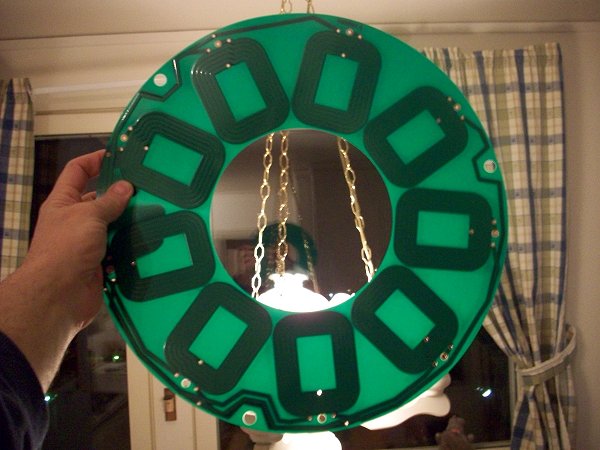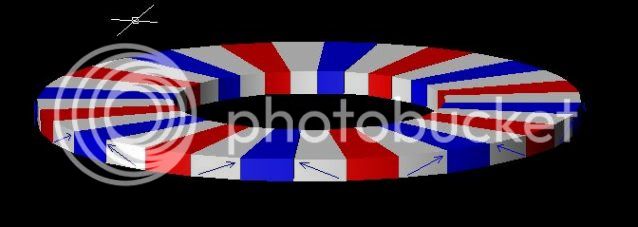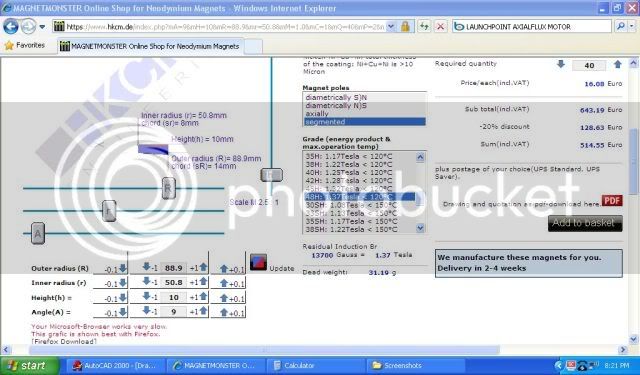rhitee05
10 kW
When discussing airgap, flux density, etc. it's helpful to understand that magnetic flux forms closed circuits just as electric current does, and we can analyze it using the same principles. Magnets behave like voltage sources, the permeability of materials is analogous to conductance (inverse of resistance), and magnetic flux becomes analogous to current.
Let's consider the electric analogy. Take a simple circuit with a source and two resistors in series, one 1k-ohm and one 1-ohm, for a total resistance of 1.001k. It should be obvious that the 1k resistor determines how much current will flow while the 1-ohm resistor has relatively little effect. In a magnetic circuit, iron or another magnetic material has a much, much higher permeability than air. So, even for a very small airgap, the permeability of the air dominates and determines how much flux will flow. Copper is not a magnetic material, so as far as the flux is concerned it's no different than air. Flux requires a closed circuit, so the total airgap around the circuit is what matters.
In your design, the wider airgaps around the outside will increase the magnetic "resistance" there. Just as it would in an electric circuit, that will cause the flux to concentrate toward the inside. The total amount of flux will probably be lower as well. Placing wedges of magnetic material in the gaps between magnets will help with this.
Let's consider the electric analogy. Take a simple circuit with a source and two resistors in series, one 1k-ohm and one 1-ohm, for a total resistance of 1.001k. It should be obvious that the 1k resistor determines how much current will flow while the 1-ohm resistor has relatively little effect. In a magnetic circuit, iron or another magnetic material has a much, much higher permeability than air. So, even for a very small airgap, the permeability of the air dominates and determines how much flux will flow. Copper is not a magnetic material, so as far as the flux is concerned it's no different than air. Flux requires a closed circuit, so the total airgap around the circuit is what matters.
In your design, the wider airgaps around the outside will increase the magnetic "resistance" there. Just as it would in an electric circuit, that will cause the flux to concentrate toward the inside. The total amount of flux will probably be lower as well. Placing wedges of magnetic material in the gaps between magnets will help with this.














